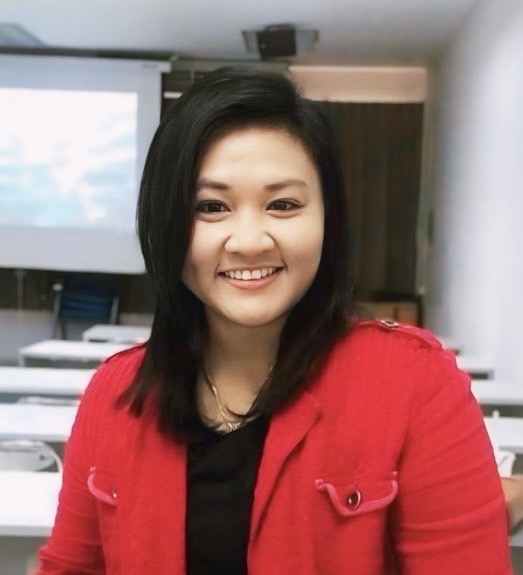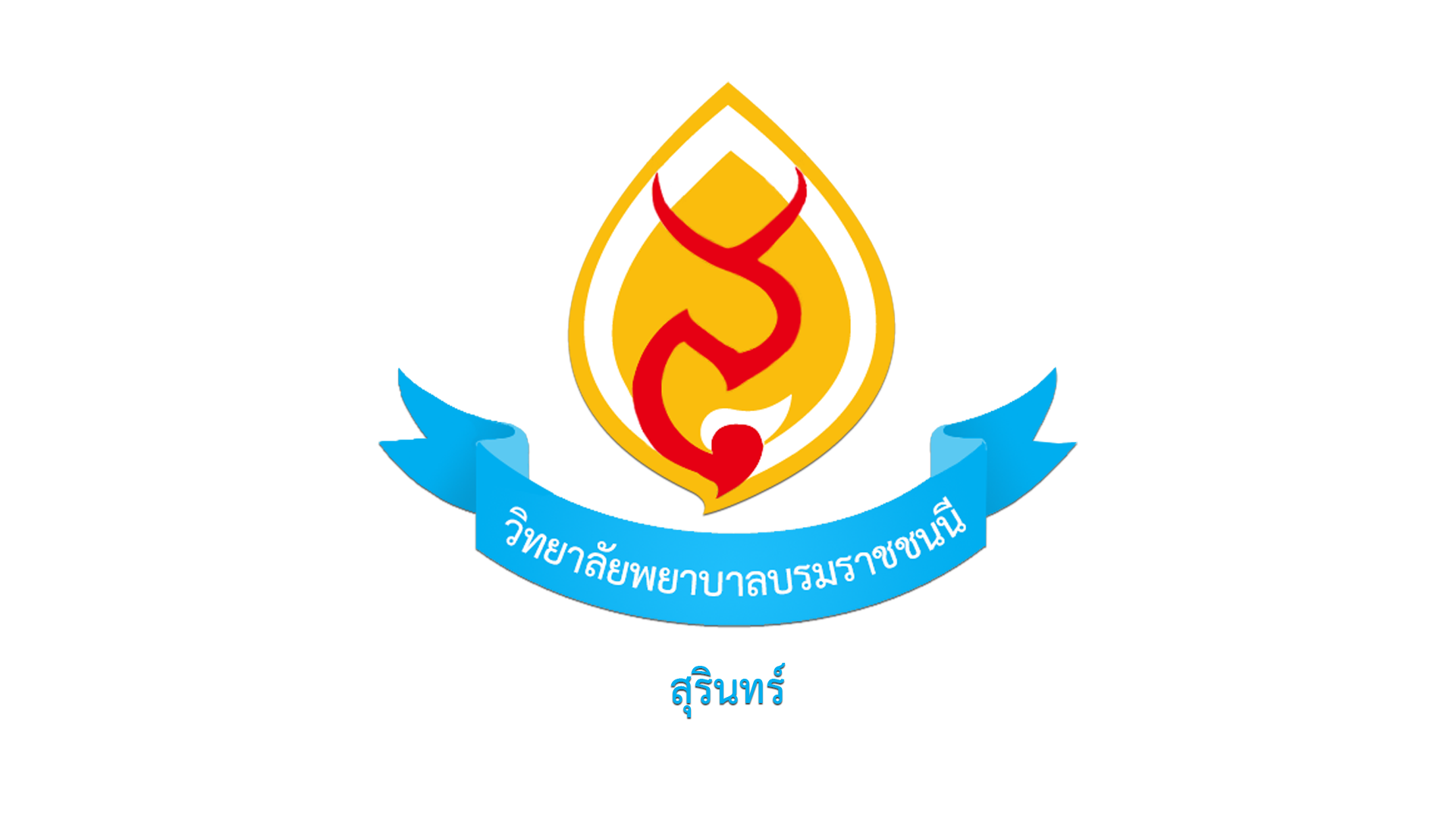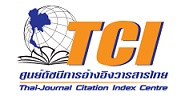การเสริมต่อการเรียนรู้ :
การประยุกต์ใช้สำหรับการเรียนการสอนในคลินิก
คำสำคัญ:
การเสริมต่อการเรียนรู้, การเรียนการสอนคลินิกบทคัดย่อ
การฝึกปฏิบัติการพยาบาลในคลินิกเป็นการเรียนการสอนที่สำคัญของการศึกษาหลักสูตรพยาบาล ศาสตรบัณฑิต ผู้สอนมีบทบาทสำคัญในการส่งเสริมและพัฒนาความสามารถของผู้เรียนในการเชื่อมโยงความรู้จากทฤษฎีมาสู่การปฏิบัติ และการคิดวิเคราะห์เพื่อการแก้ปัญหาทางการพยาบาล แนวคิดการเสริมต่อการเรียนรู้เป็นการช่วยเหลือสนับสนุนผู้เรียนให้สามารถแก้ปัญหาได้ เมื่อได้รับคำแนะนำจากผู้สอนหรือร่วมงานกับเพื่อนที่มีศักยภาพมากกว่า บทบาทของผู้สอนที่สำคัญคือการประเมินความสามารถของผู้เรียนปัจจุบัน และการประเมินความสามารถและพัฒนาการที่เพิ่มขึ้นของผู้เรียนอย่างต่อเนื่อง เพื่อปรับกลยุทธ์ในการช่วยเหลือให้เหมาะสม กลยุทธ์ในการจัดการเรียนการสอนในคลินิกเพื่อเสริมต่อการเรียนรู้ของผู้เรียนมีวิธีการที่หลากหลาย เช่น การเป็นตัวแบบ การให้ข้อมูลป้อนกลับ การคิดออกเสียง การใช้คำถาม และโครงสร้างทางปัญญา บทความนี้มีวัตถุประสงค์เพื่อให้อาจารย์พยาบาลและพยาบาลพี่เลี้ยงนำแนวคิดของการเสริมต่อการเรียนรู้มาประยุกต์ใช้ในการจัดการเรียนการสอนในคลินิกเพื่อช่วยให้ผู้เรียนบรรลุผลสำเร็จในวัตถุประสงค์การเรียนรู้
เอกสารอ้างอิง
Banning, M.A. (2008). Review of clinical decision making: Models and current research. Journal of Clinical Nursing, 17(2), 187-195.
Belland, B.R., Kim, C. & Hannafin, M.J. (2013). Framework for designing scaffolds that Improve Motivation and Cognition. Educational Psychology, 48(4), 243–270.
Benko, S. (2012). Scaffolding: an ongoing process to support adolescent writing development. Journal of Adolescent & Adult Literacy,56 (4), 291–300.
Benner, P., Sutphen, M., Leonard, V., & Day, L. (2010). Educating nurses: A call for radical transformation.San Francisco, CA: Jossey-Bass.
Calleja, P., Harvey, T., Fox, A. ,& Carmichae, M.L. (2016). Feedback and clinical practice improvement: A tool to assist workplace supervisors and students. Nurse Education in Practice,17, 167-173.
Chen, C., Feng, R., & Chiou, A. (2009). Vygotsky's Perspective Applied to Problem-Based Learning in Nursing Education. Fu-Jen Journal of Medicine,7(3),141-146.
Clynes, M.P. & Raftery, E.C. (2008). Feedback: An essential element of student learning in clinical practice. Nurse Education in Practice, 8, 405–411.
Eggen, P., & Kauchak D. (1997). Educational Psychology: Windows on Classroom. New Jersy: Prentice-Hall.
Jensen, R. (2013). Clinical reasoning during simulation: Comparison of student and faculty ratings. Nurse Education in Practice,13, 23-28.
Hermkes, R., Mach ,H., & Minnameier,G. (2018). Interaction-based coding of scaffolding processes. Learning and Instruction, 54, 147-155.
Hu, D. (2006).The Effects of Scaffolding on the Performance of Students in Computer-based Concept Linking and Retention of Comprehension. (Doctoral dissertation). Available from ProQuest Dissertation & Thesis database.
Kantar, L. & Alexander, R. (2012). Integration of Clinical Judgment in the nursing curriculum: Challenges and perspectives. Journal of Nursing Education, 51(8), 444-453.
Lee, W. Chiang, C.H., Liao, I.C., Lee, M.L., Chen, S.L., & Liang, T. (2013).The longitudinal effect of concept map teaching on critical thinking of nursing students. Nurse Education Today, 33, 1219–1223.
McMillan, W.J.(2010).Teaching for clinical reasoning–helping students make the conceptual links. Journal Medical Teaching, 32, 436–442.
Pottier, P., Hardouin, J.B., Hodges, B.D., Pistorius, M.A., Connault, J., Durant, C. Clairand, R. et al. (2010). Exploring how students think: A new method combining think-aloud and concept mapping protocol. Medical Education, 44, 926–935.
Passi, V. & Johnson, N. (2016).The hidden process of positive doctor role modeling. Medical Teache, 38, 700-707.
Puntambekar, S. & Hbscher, R. (2005). Tools for scaffolding students in a complex learning environment: what have we gained and what have we missed?. Educational Psychologist, 40(1), 1–12.
Reza Feyzi-Behnagh, et al. (2014). Meta cognitive scaffolds improve self-judgments of accuracy in a medical intelligent tutoring system. Instructional Science: An International Journal of the Learning Sciences,4,159–181.
Sanders, D. & Welk, D.S. (2005). Strategies to scaffold student learning. Nurse Educator, 30(5), 203-207.
Schunk, D.H. (2004). Learning Theories An Education Perspective. (4th ed). New Jersey: Pearson Prentice Hall.
Simmons, B. (2010). Clinical reasoning: Concept analysis. Journal of Advanced Nursing, 66(5), 1151-1158.
Sinatra-Wilhelm, T. (2012). Nursing care plans versus concept maps in the enhancement of critical thinking skills in nursing students enrolled in a Baccalaureate Nursing Program. Creative Nursing,18(2), 79-84.
Smit, J., vanEerde, H.A.A., & Bakker, A. (2012). Conceptualisation of whole-class Scaffolding. British Educational Research Journal, DOI: 10.1002/berj.3007.
Van Horn, R. & Freed, S. (2008). Journaling and dialogue pairs to promote reflection in clinical nursing education. Nursing Education Perspectives, 29(4), 220-225.
Van de Pol, J., Volman, M. & Beishuizen, J. (2010). Scaffolding in teacher–student interaction: A decade of research, Educational Psycholoy Review, 22(3), 271–297.
van de Pol, J., Volman, M., Oort, F, & Beishuizen, J. (2011). Teacher Scaffolding in Small-Group Work :An Intervention Study . Learning and Instruction, 21, 46–57.
van de Pol, J., Volman,M., Oort, F. & Beishuizen, J. (2014). Teacher Scaffolding in Small-Group Work : An Intervention Study. The Journal of the learning sciences, 23, 600–650.
Vygotsky, L. S. (1978). Mind in society: The development of higher psychological process. Cambridge, MA: Harvard University Press.
Walqui, A. (2006). Scaffolding instruction for English language learners: A conceptual framework.International Journal of Bilingual Education and Bilingualism, 9(2), 159-180.
ดาวน์โหลด
เผยแพร่แล้ว
รูปแบบการอ้างอิง
ฉบับ
ประเภทบทความ
สัญญาอนุญาต
เนื้อหาและข้อมูลในบทความที่ตีพิมพ์ในราชาวดีสาร วิทยาลัยพยาบาลบรมราชชนนี สุรินทร์ ถือเป็นข้อคิดเห็นและความรับผิดชอบของผู้เขียนบทความโดยตรง ซึ่งกองบรรณาธิการวารสารไม่จำเป็นต้องเห็นด้วย หรือร่วมรับผิดชอบใดๆ
บทความ ข้อมูล เนื้อหา รูปภาพ ฯลฯ ที่ได้รับการตีพิมพ์ในราชาวดีสาร วิทยาลัยพยาบาลบรมราชชนนี สุรินทร์ หากบุคคลหรือหน่วยงานใดต้องการนำทั้งหมดหรือส่วนหนึ่งส่วนใดไปเผยแพร่หรือกระทำการใดๆ จะต้องได้รับอนุญาตเป็นลายลักษณ์อักษรจากราชาวดีสาร วิทยาลัยพยาบาลบรมราชชนนี สุรินทร์ ก่อนเท่านั้น







